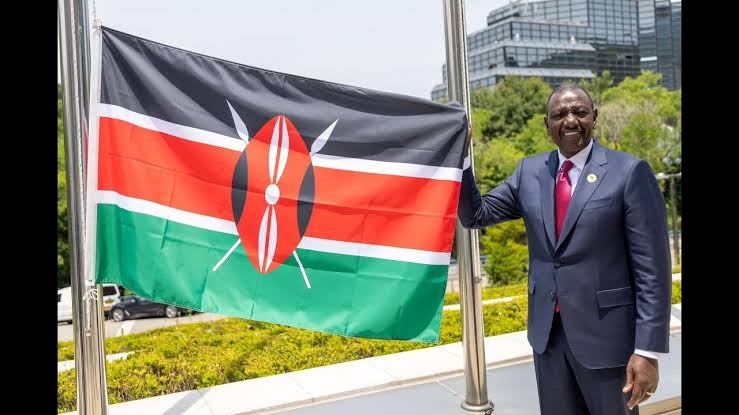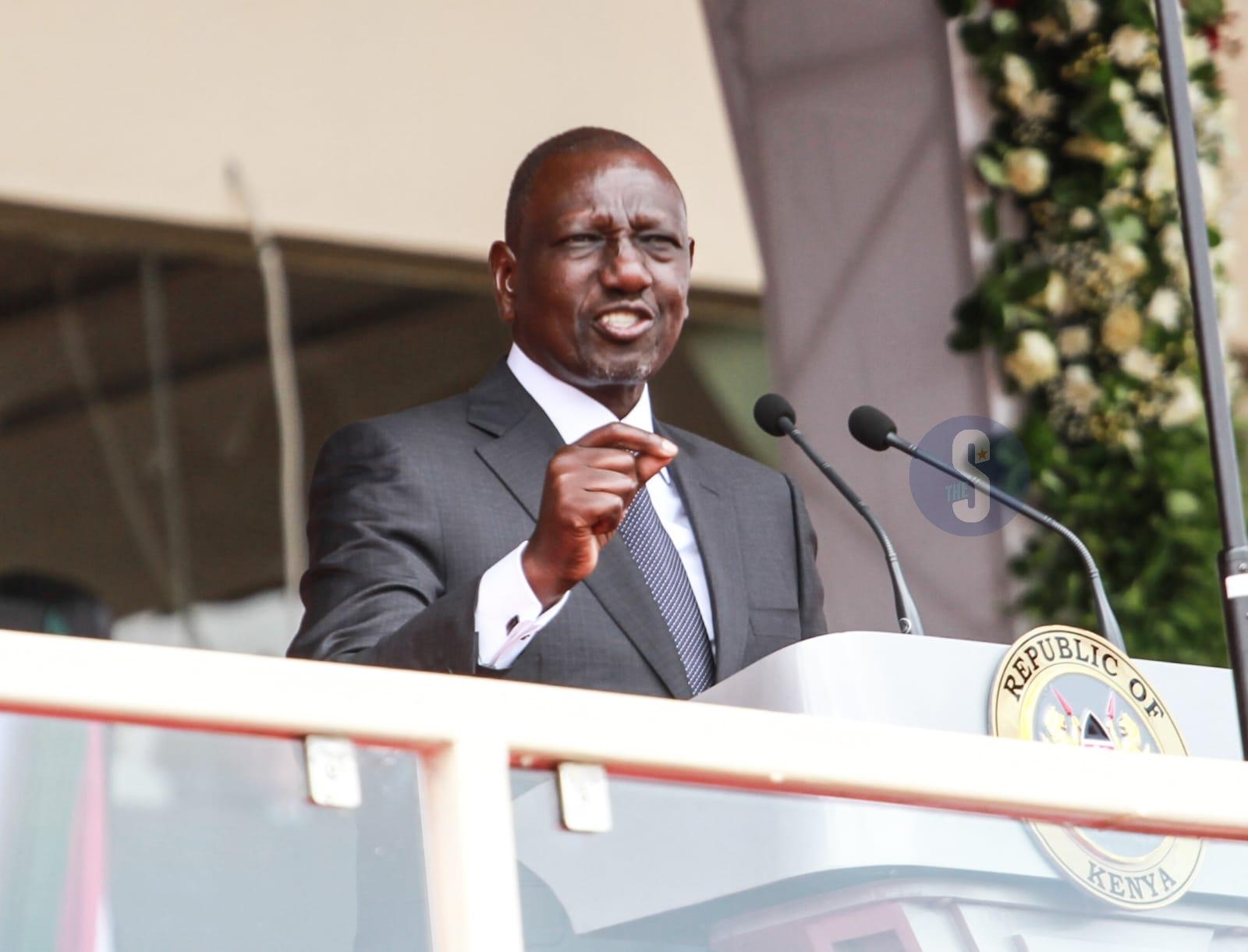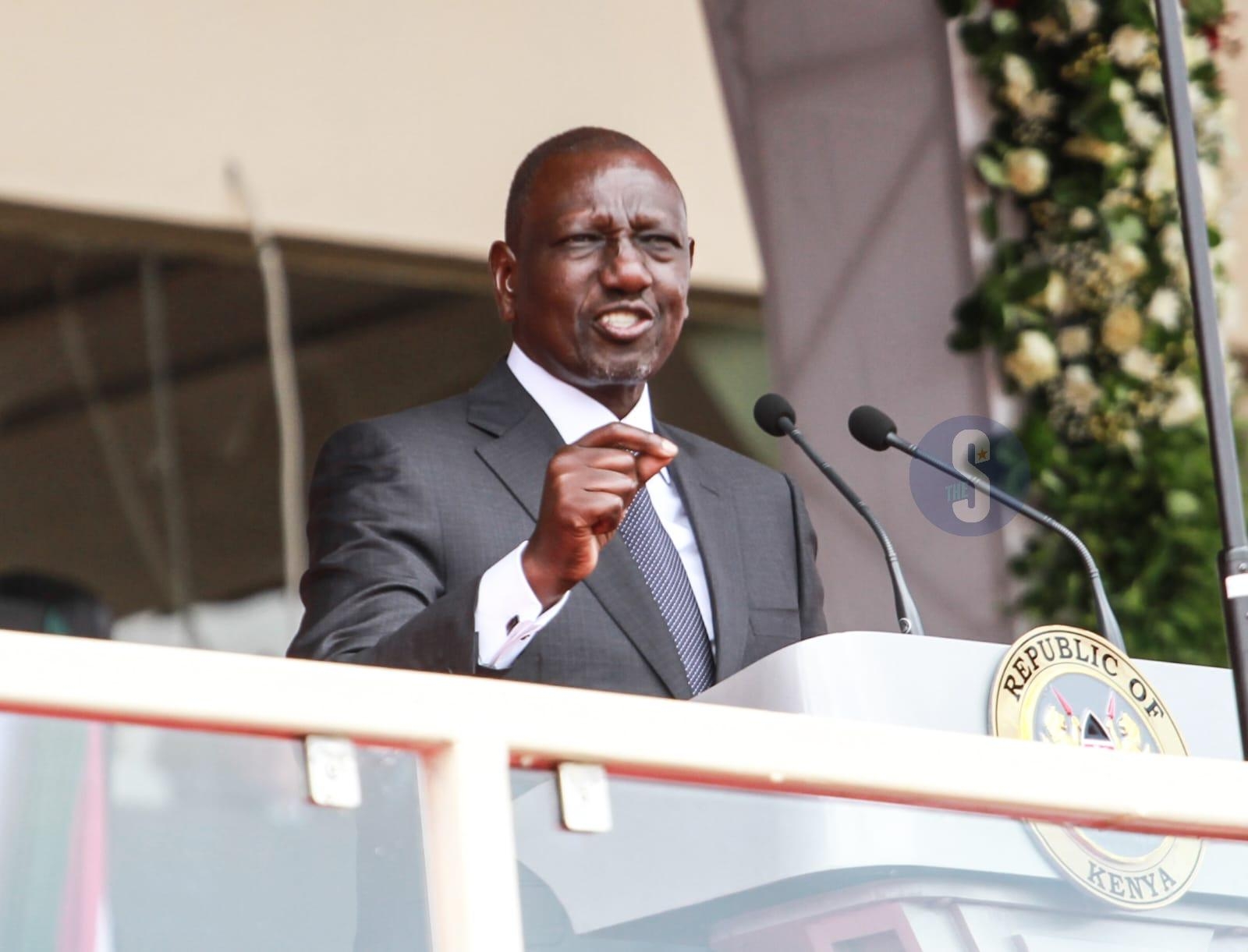
Exports growth, largely driven by re-exports of kerosene-type jet fuel to neighbouring countries, saw Kenya cut on trade deficit in 2024, which played a major role in stabilising the shilling.
The local currency, which held strong against major international legal tenders, averaged 129.45 units during the year under review against the US dollar after falling to an all-time low of 160.18 units against the greenback on January 12, 2024.
According to the Kenya Economic Survey released on Tuesday, total exports rose to Sh1.12 trillion from Sh1.007 trillion the previous year, with re-exports growing 77.3 percent to Sh180.2 billion, primarily due to increased re-exports of kerosene-type jet fuel.
The growth in total exports, which outpaced the increase in imports, led to an improvement in the balance of trade deficit from Sh1.6 trillion in 2023 to Sh1.59 trillion in the year under review.
Moreover, the export-to-import cover ratio improved from 38.6 per cent in 2023 to 41.1 per cent in 2024. Kenya's targeted exports to imports ratio, when considering goods and services as a percentage of GDP, is roughly 12.22 per cent for exports and 21.51 per cent for imports.
The improvement in general merchandise trade resulted in the narrowing of the Current Account balance from a deficit of Sh382.7 billion in 2023 to Sh208.9 billion in 2024.
Increased inflows from services, remittances, and interest receipts further contributed to the narrowing of the current account deficit during 2024.
There was a marked increase in inflows of reserve assets during 2024, largely arising from increased multilateral disbursements, causing a rise in the stock of official reserves from Sh1.15 trillion at the end of 2023 to Sh1.3 trillion at the end of 2024.
The stock of external financial assets rose from Sh4.09 trillion at the end of 2023 to Sh4.12 trillion at the end of 2024. Conversely, the stock of external liabilities declined by 9.2 per cent to Sh12.04 trillion at the end of the financial year.
This translated to a 13.7 per cent improvement in the net borrowing position to Sh7.92 trillion at the end of 2024.
A high export ratio generally suggests a healthy economy capable of generating foreign currency through exports, potentially reducing the need for external borrowing. However, a trade deficit, where imports exceed exports, can lead to increased borrowing to finance those imports.
Kenya's debt service to export ratio was 39.2 per cent in 2024. This means that almost Sh4 out of Sh10 of the country's export earnings were used to service its debt.
The International Monetary Fund (IMF) recommends a debt service-toAlthough exports outpaced imports, the value of imports in the year under review went up to Sh2.71 trillion from Sh2.61 trillion in the previous financial year.
According to KNBS, import expenditure went up from Sh2.61 trillion in 2023 to Sh2.7 trillion in 2024.
Notable increases were recorded in imports of rice (23.9 per cent), telecommunication equipment and parts (30.1 per cent), plastics (14.3 per cent), industrial machinery (eight per cent), and aircraft and associated equipment (98.1 per cent).
The overall volume of merchandise trade amounted to Sh3.81 trillion, reflecting a growth of 5.5 per cent compared to 2023.


















